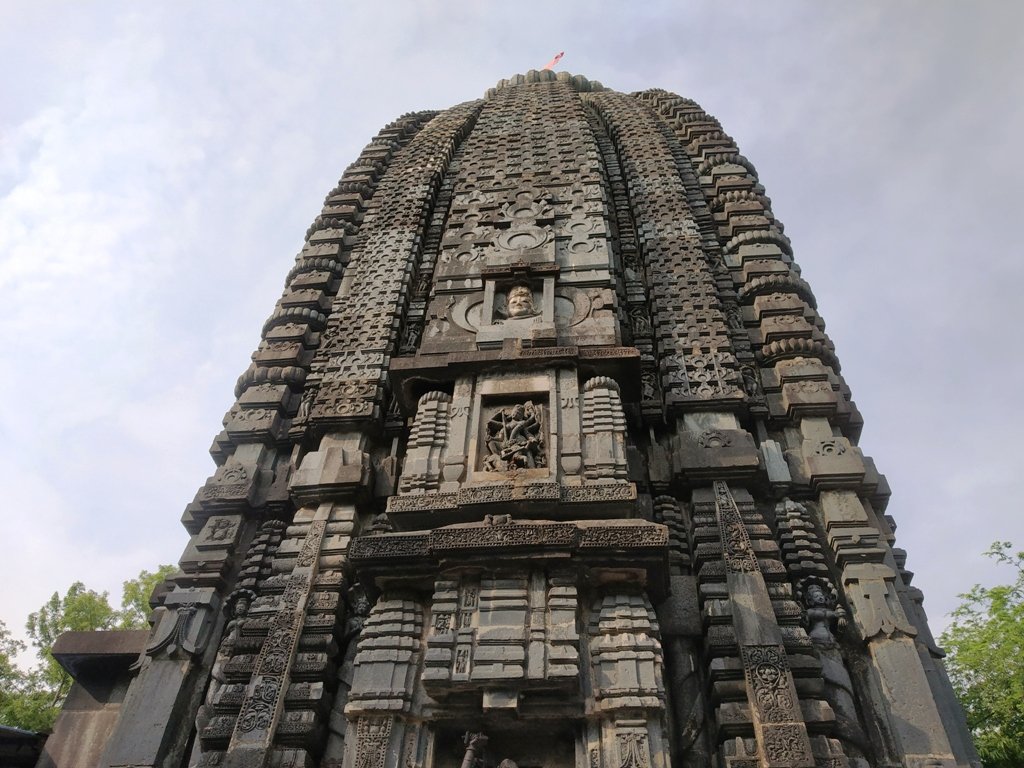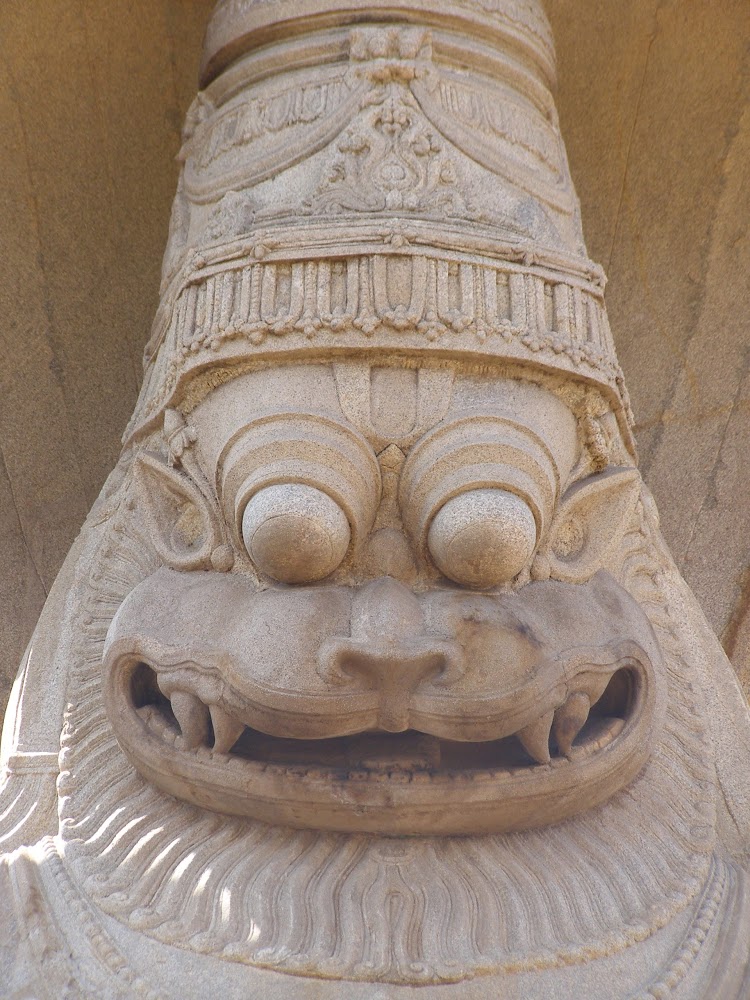
Kichakeswari Temple in Khiching
This temple dedicated to goddess Kichakeswari is an embodiment of charm and inimitable grace.
A brief about its destruction and restoration.
(Thread)



This temple dedicated to goddess Kichakeswari is an embodiment of charm and inimitable grace.
A brief about its destruction and restoration.
(Thread)




The ancient capital of Bhanja rulers, Khiching lies about 205 Km away from Balasore and 150 km from Baripada. The temple, which is about 100 feet tall, built from chlorite slabs, is dedicated to goddess Kichakeswari (Chamunda), the family deity of Bhanja dynasty.(1)
Bhanjas ruled the princely state of Mayurbhanj. Khiching was the capital from the 9th-12th ce. Khiching was invaded by Firoz Shah Tughlaq in 1361. Tughlaq ransacked Orissa, and destroyed its temples. The Bhanjas shifted their capital from Khiching to Hariharpur in 1400.(2)
The worship of panchadevas, i.e.Vishnu, Shiva, Surya, Ganapati and Shakti was widely prevalent in Khiching. Bhanja kings were devout worshippers of
Shakti is borne by the fact that Kichakeswari or Chamunda devi was the tutelary deity of this dynasty.(3)
Shakti is borne by the fact that Kichakeswari or Chamunda devi was the tutelary deity of this dynasty.(3)
The existing temple of goddess Kichakeswari is not the original one. It was during the rule of king Purna Bhanja that an excavation started at the site where the temple stands. Archeologists discovered the foundation of a major temple housing goddess Khichakeswari.(4)
The old temple had collapsed due to weak foundation. This was unacceptable for the Bhanja ruler. Therefore he thought of possible means to restore the structure besides providing a temple for the family deity.(5)
In 1924-25 the construction of a new temple for goddess Kichakeswari was proposed. As the style of the Khiching temples was different from that of temples of Bhubaneswar, it was decided by the king to have a design of Khiching style.(6)
The excavated non descript brick temple of the goddess was demolished and removed from the compound. The goddess was put in a newly constructed shed till a proper temple was built. Other idols and artefacts were moved to a museum.(7)
The work for the new temple began in 1933 and completed by the end of 1941. The deity was installed on 14th March 1942 amidst a ceremony. A sum of INR 80k was spent in its reconstruction.(8)
The temple in its restored form has a peculiarity i.e. absence of a porch. The idol of Kichakeswari being worshipped is the figure of the goddess Chamunda. This figure although broken in three parts has been joined together.(9)
• • •
Missing some Tweet in this thread? You can try to
force a refresh












